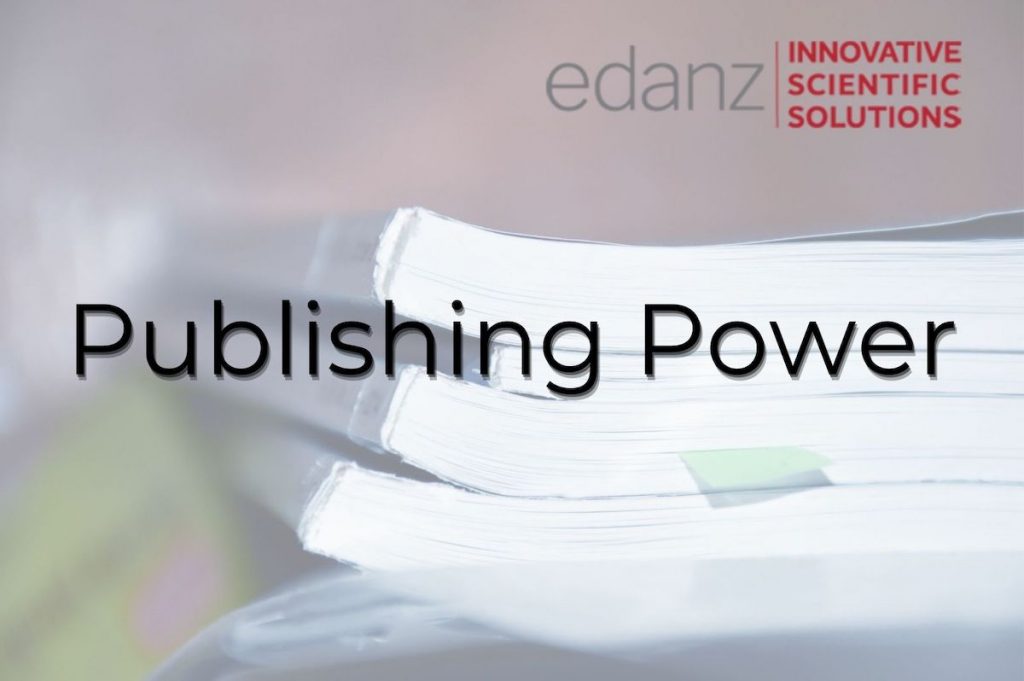With so many journals to choose from, you need to be confident that the journal you submit to is a reputable journal in the field. How can you do this?
There are lists available online that can help you determine which journals are reputable (e.g., those from DOAJ or Scholarly Open Access), but learning how to carefully evaluate each journal yourself is the best way to ensure that the journal you choose is the best one for your manuscript.
There are a number of factors you should consider:
- Publisher. Who is the publisher of the journal? If they are an established and reputable publishing house (e.g., Springer, Wiley, Elsevier, Nature Publishing Group, etc.), you can feel more confident that the journal is a reputable journal as well.
- Peer review. Reputable journals use peer review in selecting manuscripts for publication.
- Editorial board. Most reputable journals have an international editorial board. Review the names of the editorial board and determine if they are from established universities worldwide. You should also be able to recognize names on this list as well, as most editorial board members are established researchers in the field.
- Indexing. For your published article to be discoverable, the journal should be indexed in familiar online databases (e.g., PubMed, Science Citation Index, SCOPUS, etc.).
- Consistency. Reputable journals publish consistent content at consistent intervals (i.e., weekly, monthly, etc.). You should review the table of contents from recently published issues and ensure the journal is consistent in their publications.
- Fraudulent impact factors. To appear reputable, predatory journals will often list impact factors on their website that are not from Thompson Reuters (the only real “impact factor”). Examples include “Global Impact Factor” or “Universal Impact Factor”.
- Poorly indexed. Because these journals cannot be indexed by commonly used indexes, they may list a range of obscure indexes to try appear credible. If you have not heard of any of these indexes, chances are that your target audience has not either!
- Submission charges. Although a few reputable journals do have submission charges (e.g., The Journal of Bone & Joint Surgery), most do not. These fees will often promise faster review of your manuscript. This will often be a first flag that you need to more carefully evaluate the journal. For open access journals, you should not have to pay any fee until after your manuscript has been accepted.
The Edanz Journal Selector is free and easy to use. Use it to start your search for a reputable journal. Here’s how it works:
If you’d like some customized expert guidance, our Journal Selection service will assign a research consultant to give you a customized list.



